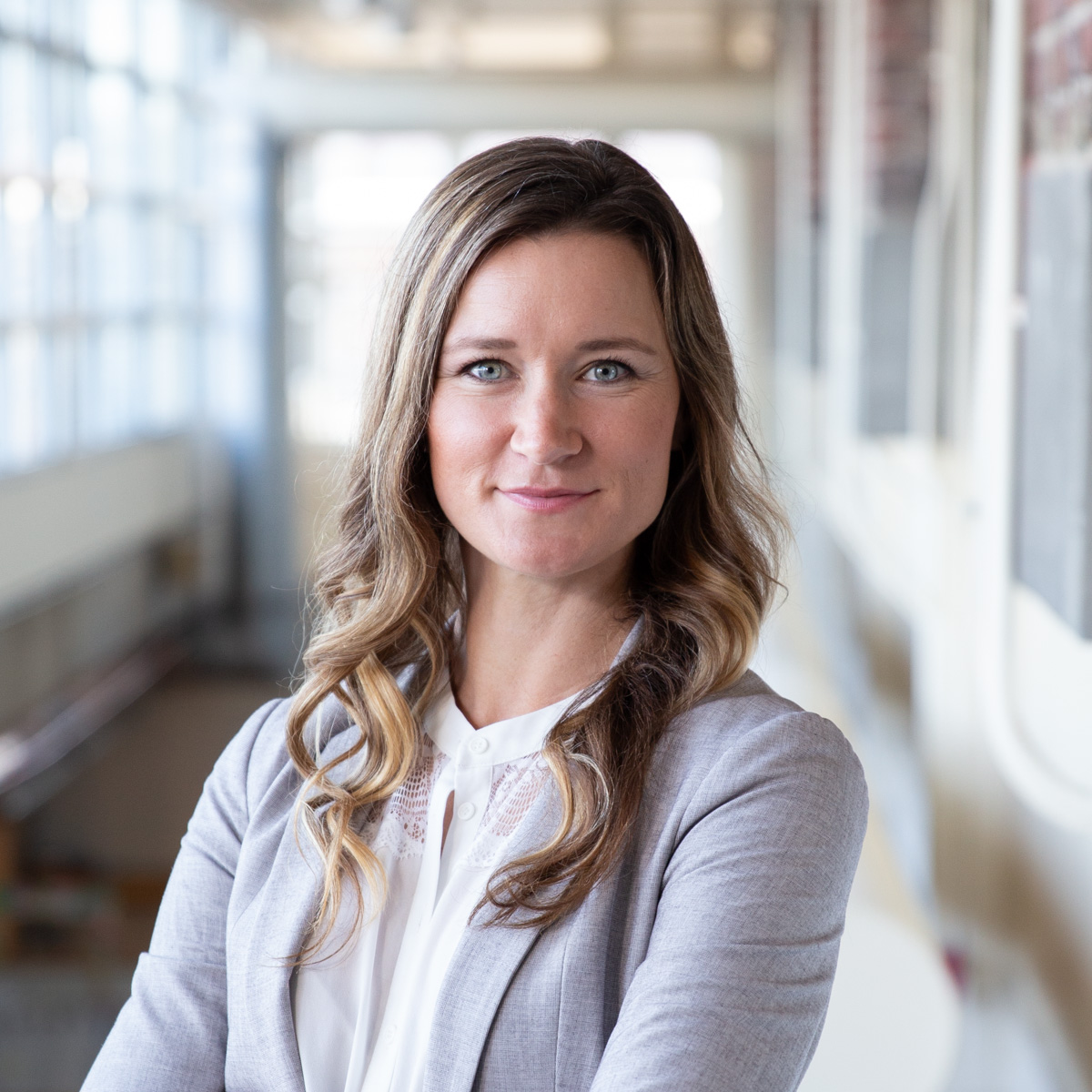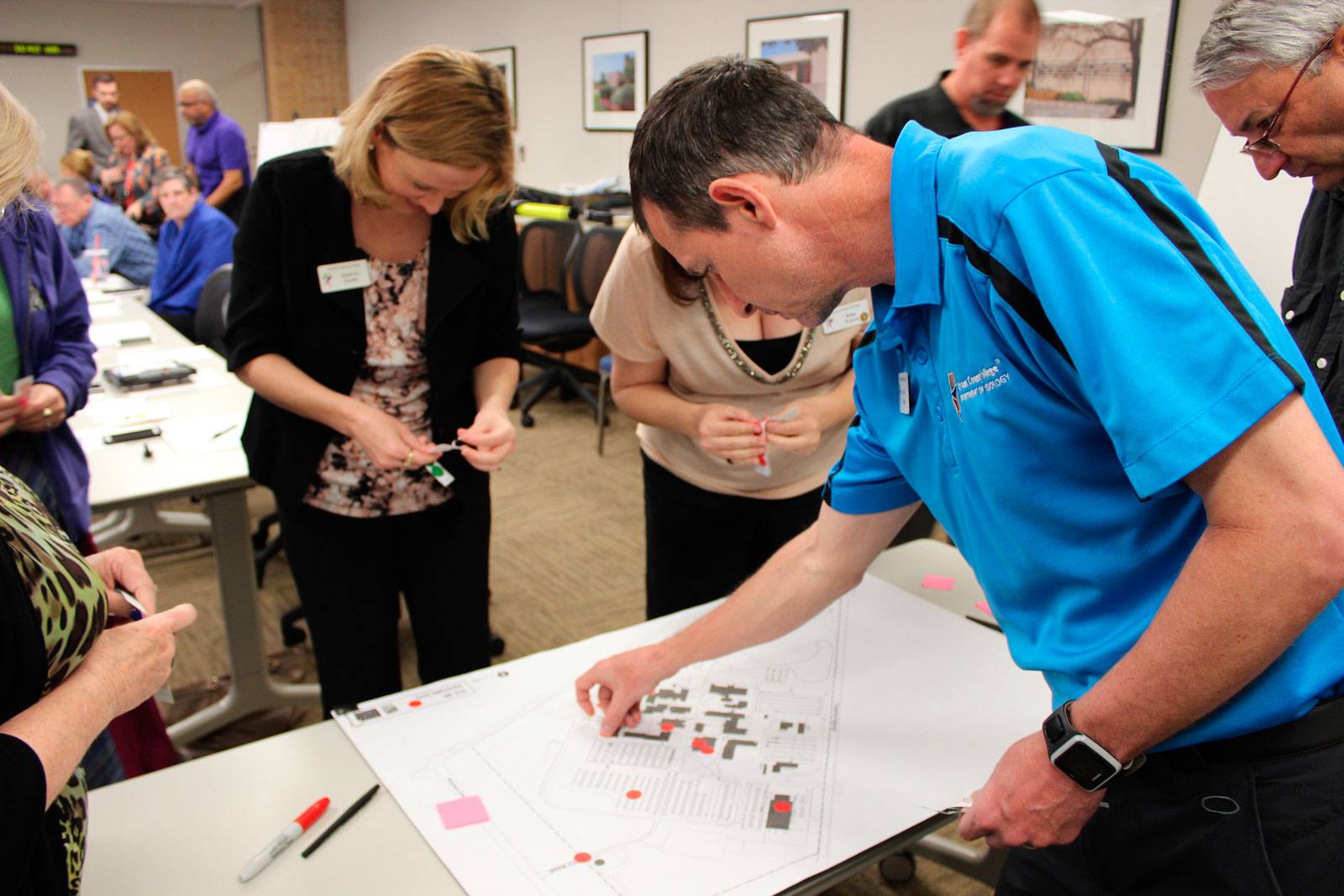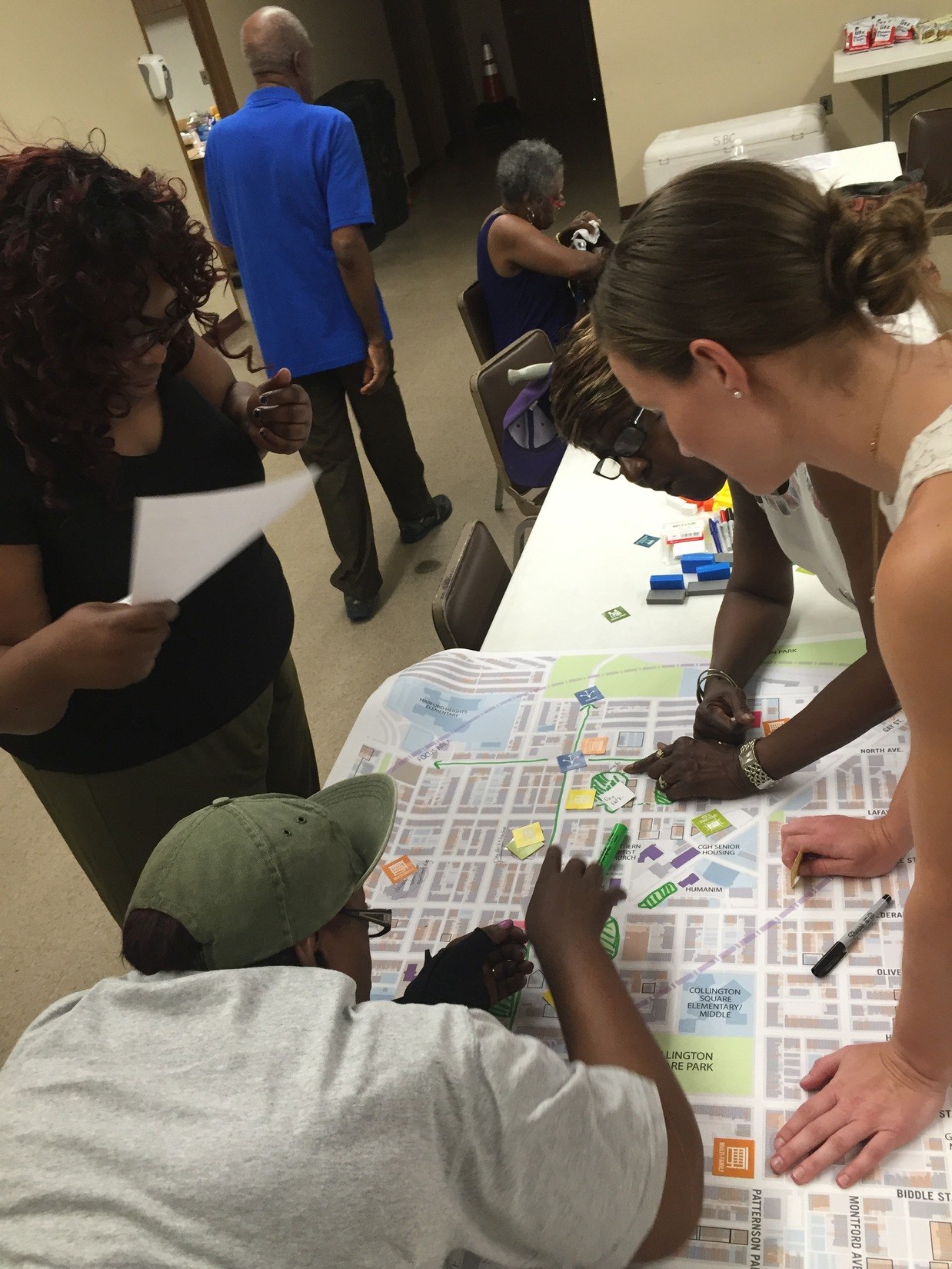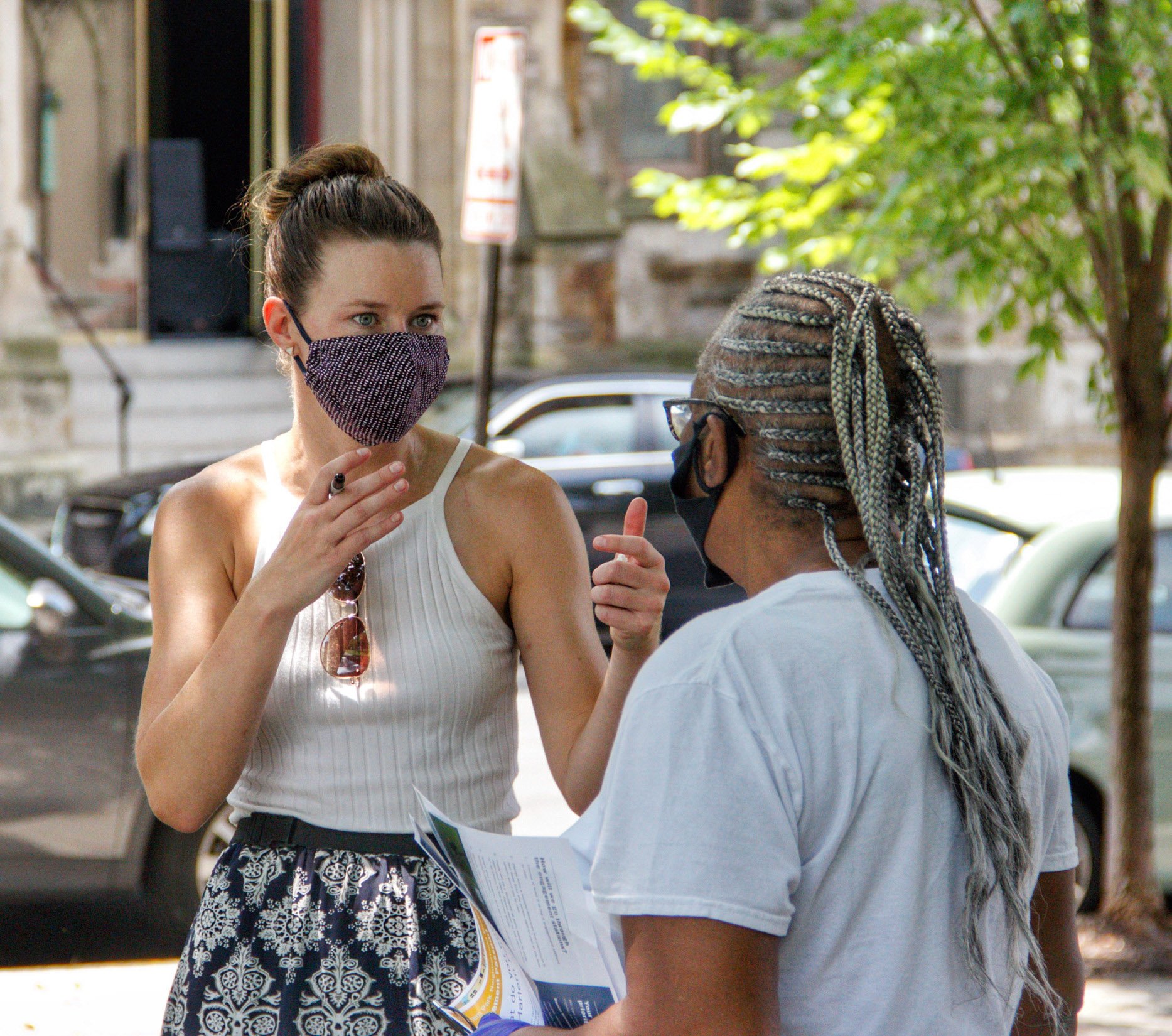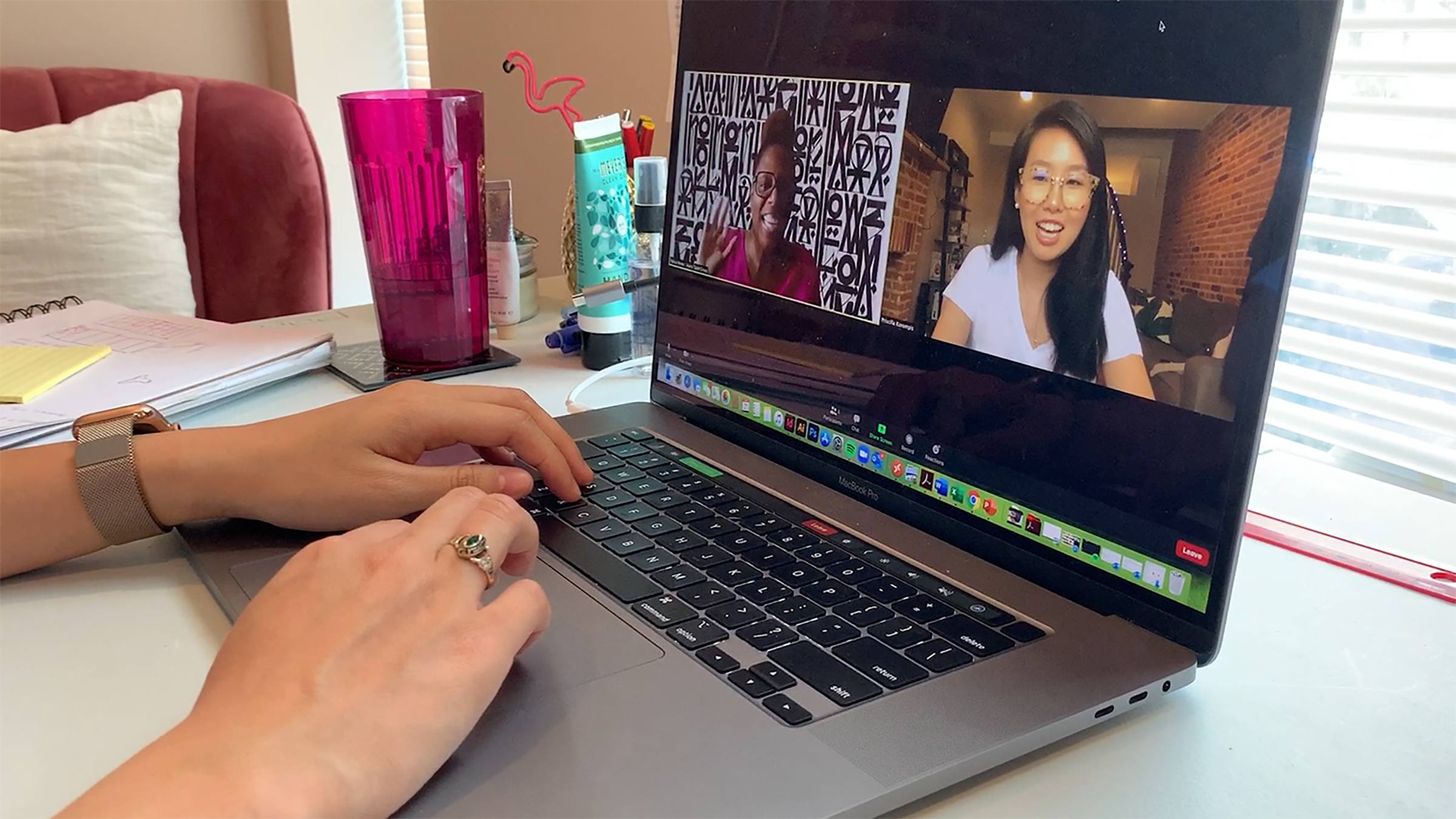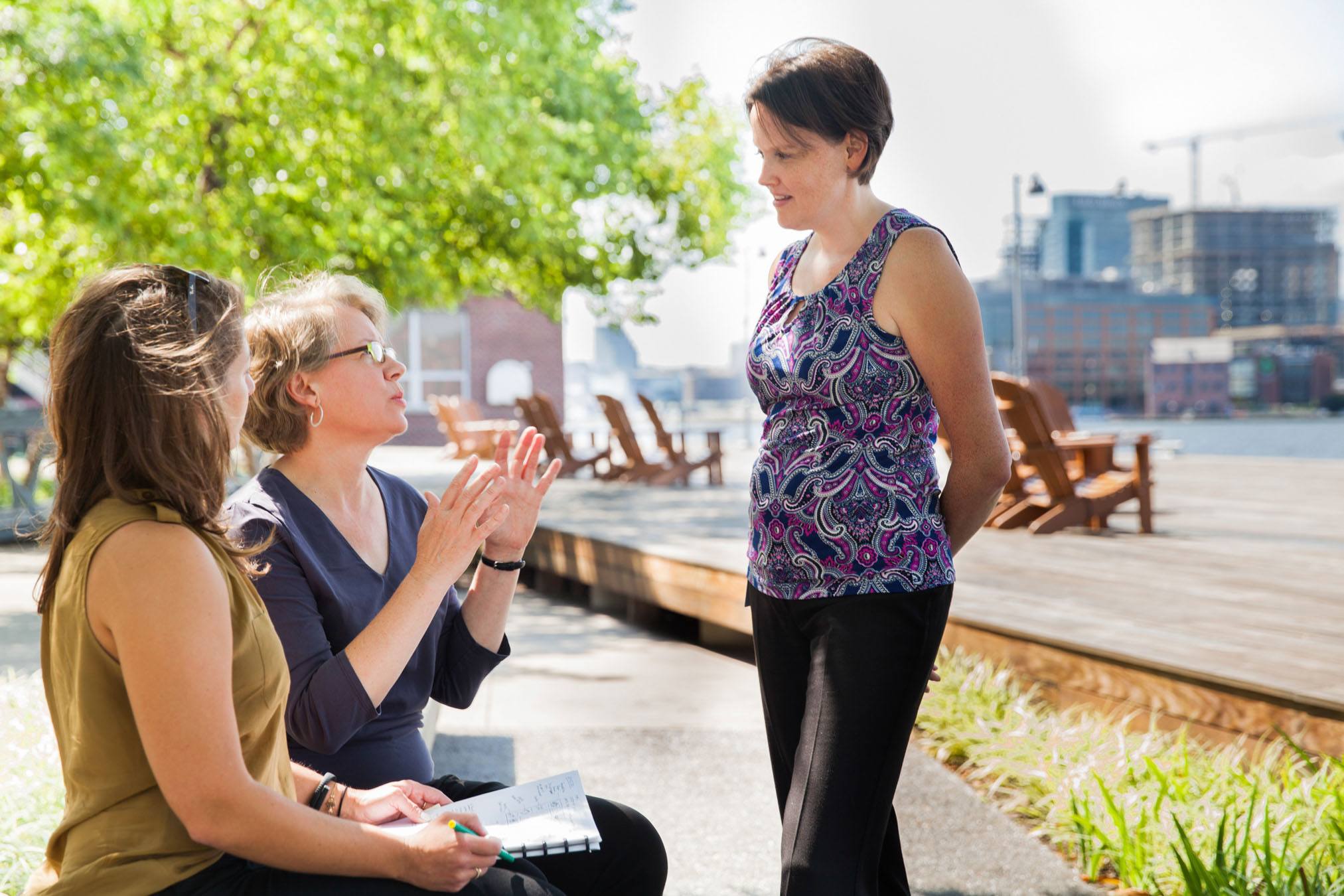Engagement is at the core of Ayers Saint Gross’s mission and our planning practice. We strongly believe in the collective wisdom of a facilitated, inclusive planning and design process. In our rapidly changing world, communication, knowledge sharing, and connections are vital to generating consensus around shared visions. We work with varied and diverse groups of stakeholders to generate creative ideas that respect local culture, climate, and setting.
Our planning process involves overlapping activities that bring together the people and information needed to create a plan for the future. Effective implementation of planning visions is only possible through a carefully designed and executed process that engages stakeholders to reflect the mission and values of each institution, organization, or municipality.
Project success is more easily achieved through better knowledge, understanding, and buy-in. Engagement achieves all three of these things. Engagement not only allows us to be better designers by coalescing more input, but it is also an opportunity to generate excitement and harmony among stakeholders around a shared vision.

